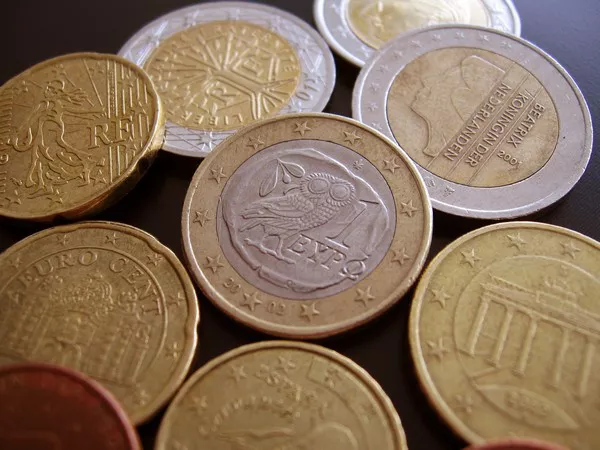The euro (EUR) has experienced a mixed performance in recent times, influenced by various economic, political, and global factors. As one of the world’s major reserve currencies, its trajectory is closely observed by investors, businesses, and policymakers alike. In this article, we will explore the factors that may contribute to a potential upswing in the value of the euro and provide insights into when such an upward trend might occur.
1. Current Economic Landscape:
To comprehend the future outlook for the euro, it is essential to analyze the prevailing economic conditions. Key indicators such as GDP growth, inflation rates, employment figures, and fiscal policies play a crucial role in shaping the currency’s strength.
2. European Central Bank Policy:
The monetary policy decisions of the European Central Bank (ECB) have a direct impact on the euro’s value. Through interest rate adjustments, asset purchases, and other measures, the ECB aims to maintain price stability and support economic growth in the Eurozone. Monitoring the ECB’s policies provides valuable insights into the potential direction of the euro.
3. Political Stability and Integration Efforts:
Political stability within the Eurozone greatly influences investor confidence and the value of the euro. Elections, referendums, or changes in government can introduce uncertainty and impact the currency’s performance. Additionally, progress in European integration initiatives, such as fiscal integration and banking union, can bolster market confidence and lead to a positive outlook for the euro.
4. Global Market Dynamics:
The euro’s value is also intertwined with global market dynamics. Factors like risk sentiment, trade tensions, and geopolitical events can exert significant influence on the currency. During periods of market turmoil, investors often seek safe-haven assets, which can strengthen currencies like the US dollar and potentially weaken the euro. Conversely, improving global economic conditions and increasing risk appetite can contribute to an upswing in the euro’s value.
5. Economic Recovery and Growth Prospects:
The trajectory of the euro is closely linked to the economic recovery and growth prospects of the Eurozone. Factors such as robust consumer spending, positive business sentiment, increased investment, and successful vaccination campaigns can fuel economic expansion. A strong economic recovery can enhance the attractiveness of the euro and pave the way for its upward movement.
6. Interest Rate Differentials:
Interest rate differentials between the Eurozone and other major economies impact the relative strength of the euro. When the European interest rates are higher than those of other countries, the euro becomes more attractive to foreign investors seeking higher returns. Monitoring central bank policies globally and their potential impact on interest rate differentials is essential for assessing the euro’s future trajectory.
7. Structural Reforms and Productivity Enhancements:
Efforts to undertake structural reforms and enhance productivity within the Eurozone can also contribute to the euro’s potential upswing. Policies aimed at improving labor market flexibility, reducing regulatory barriers, promoting innovation, and boosting competitiveness can positively impact economic growth and instill confidence in the currency.
8. Impact of Digitalization and Technological Advancements:
Digitalization and technological advancements pose both challenges and opportunities for the euro. The rise of digital currencies and fintech innovations may reshape the global financial landscape, potentially impacting traditional currencies like the euro. Assessing the implications of these advancements and the response of central banks and policymakers is crucial when predicting the euro’s future trajectory.
Conclusion:
Predicting the exact timing of an upswing in the euro’s value is challenging due to numerous interconnected factors. However, a comprehensive analysis of economic indicators, ECB policies, political stability, global market dynamics, economic recovery efforts, interest rate differentials, structural reforms, and digitalization trends can provide valuable insights into the future trajectory of the euro. Staying informed and monitoring these factors will enable businesses, investors, and policymakers to make informed decisions in navigating the evolving landscape of the euro and its potential for an upswing.


